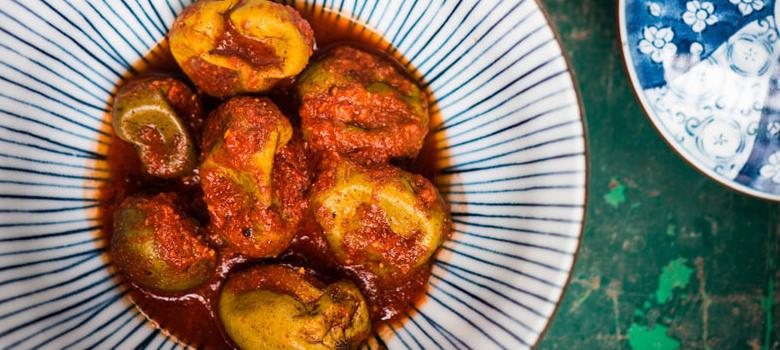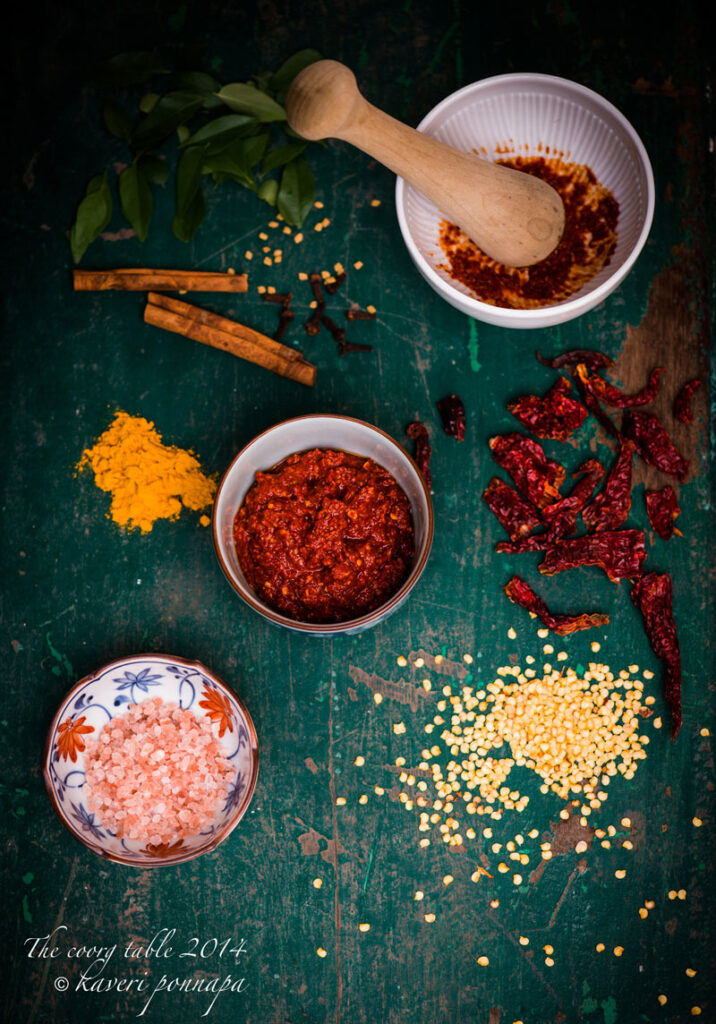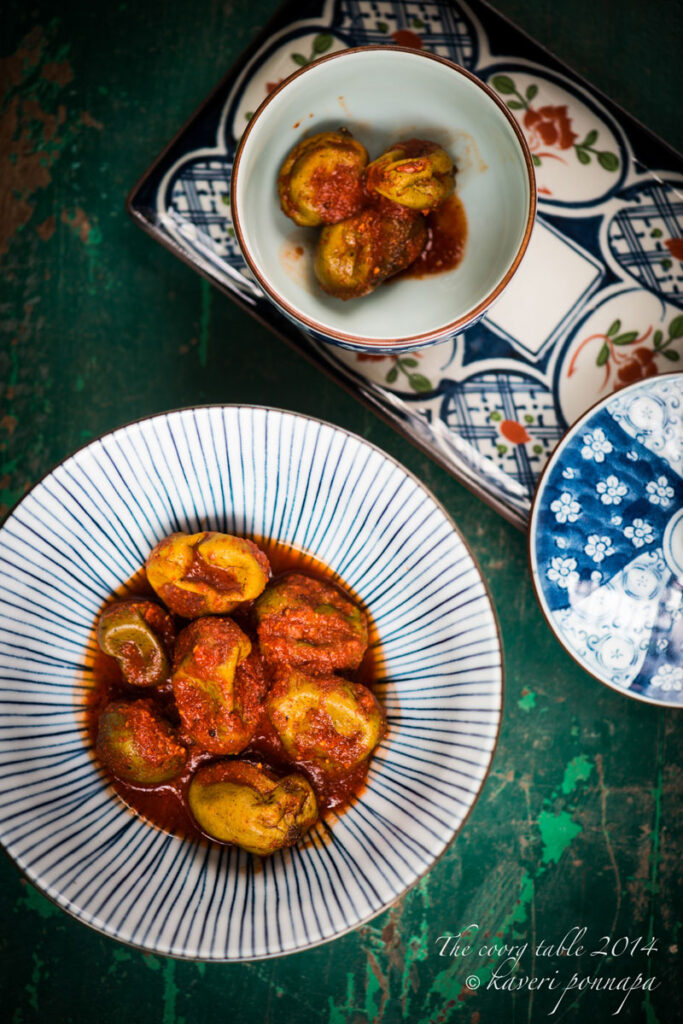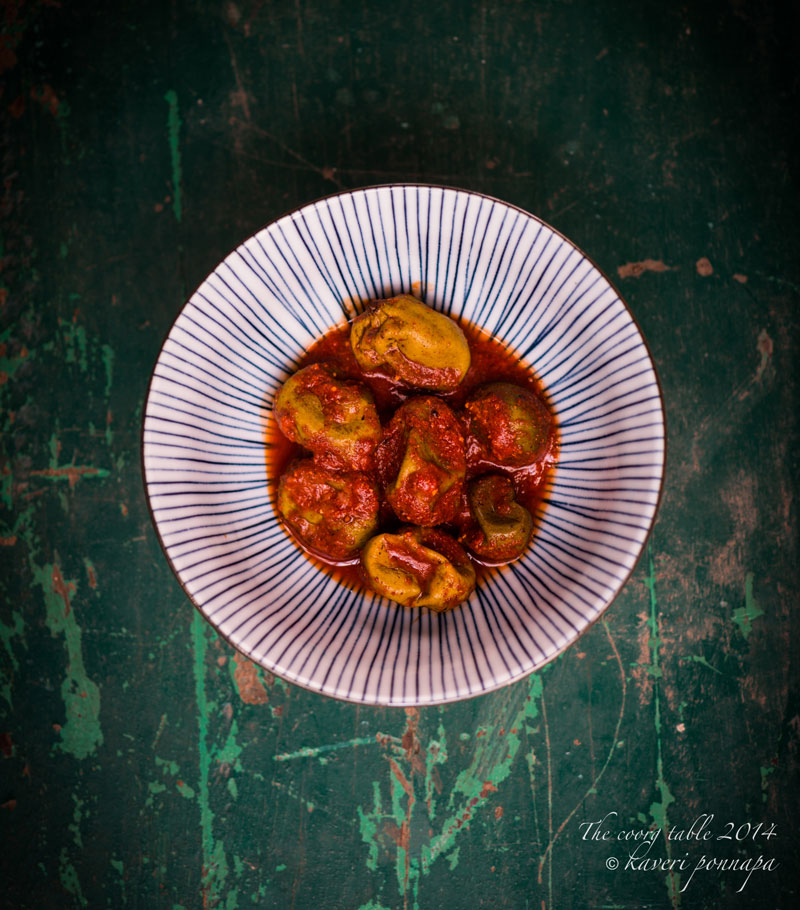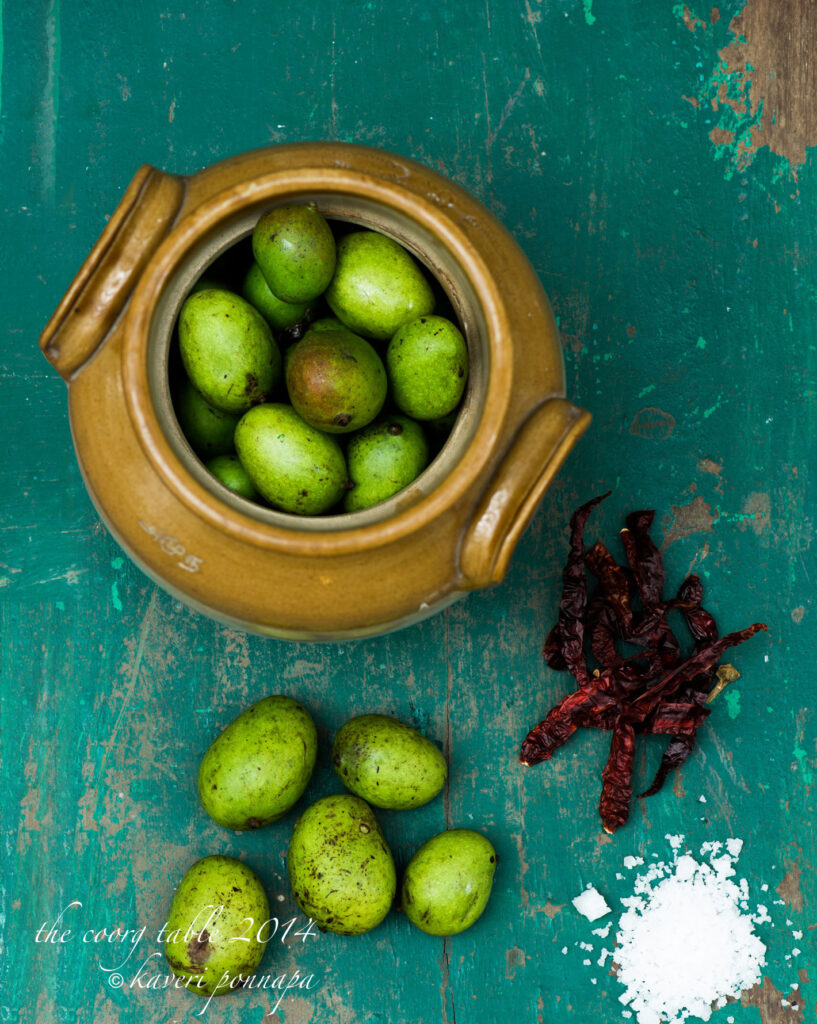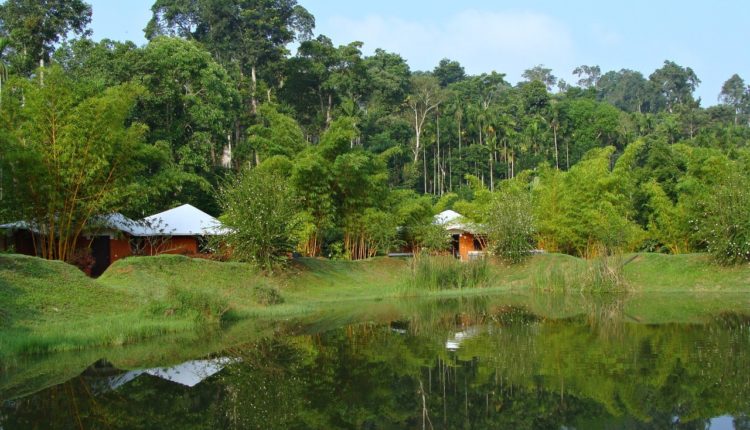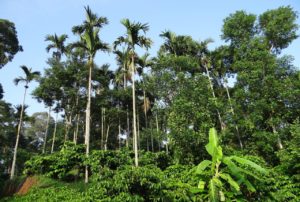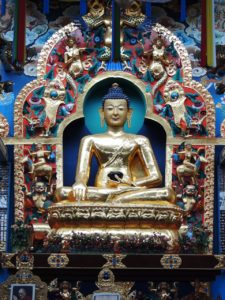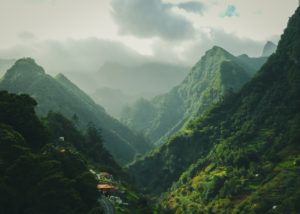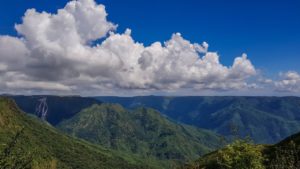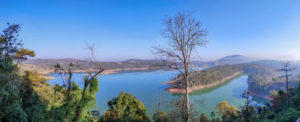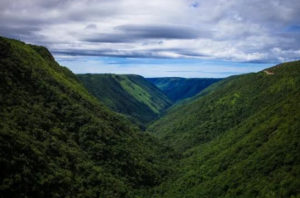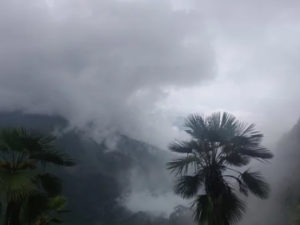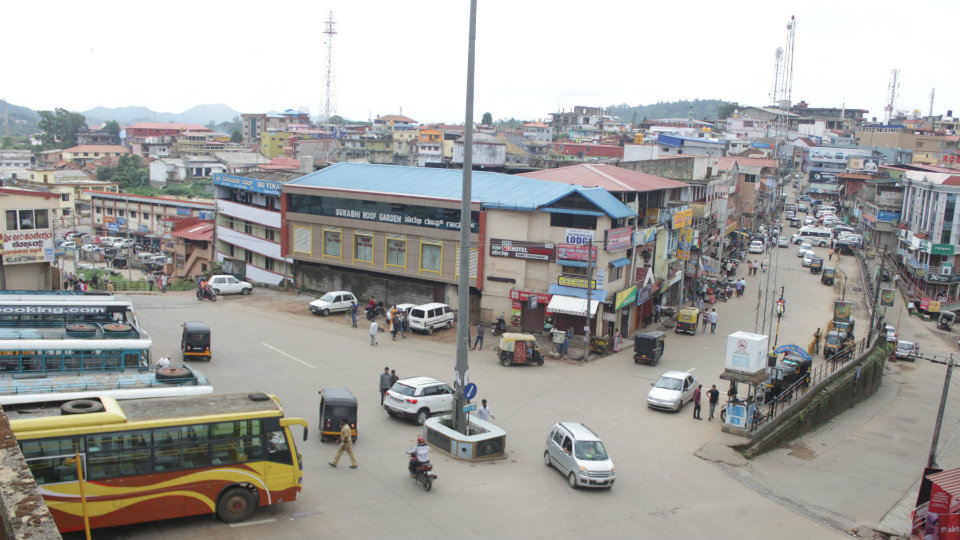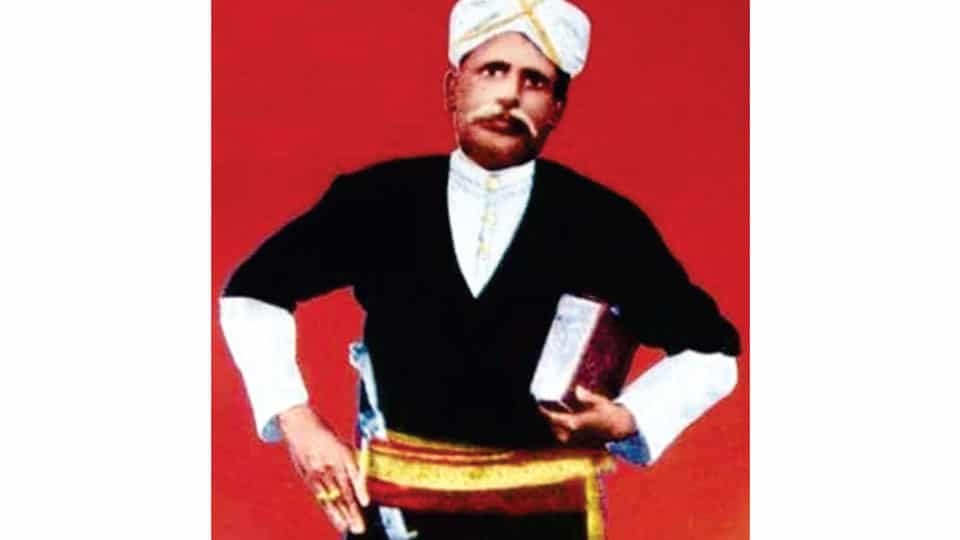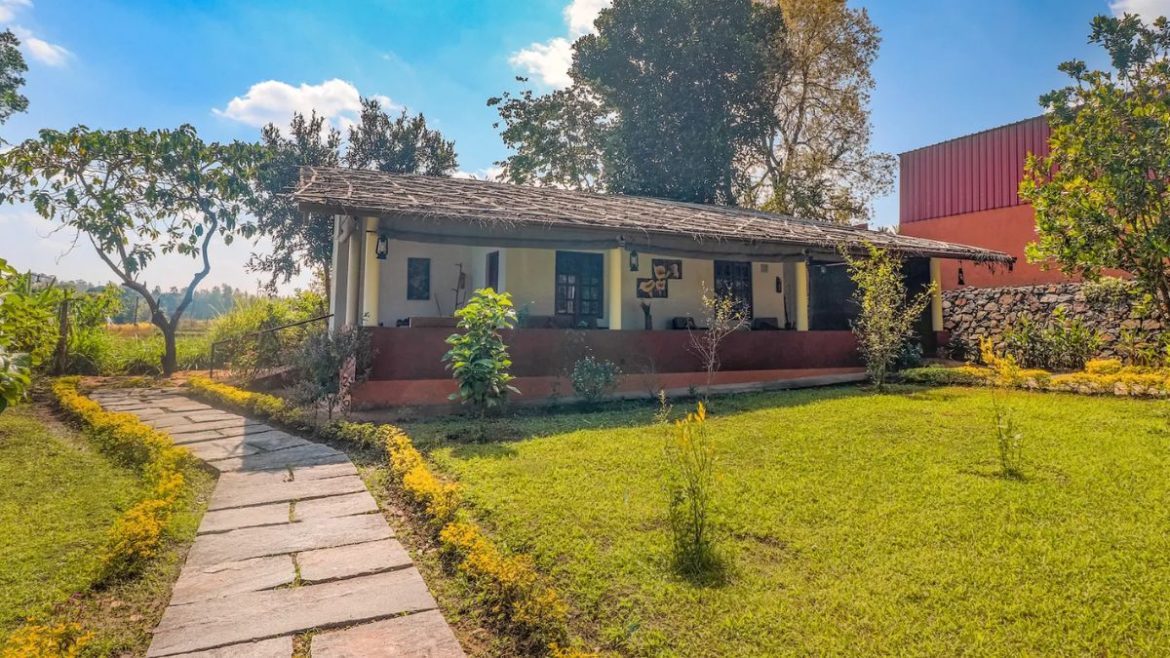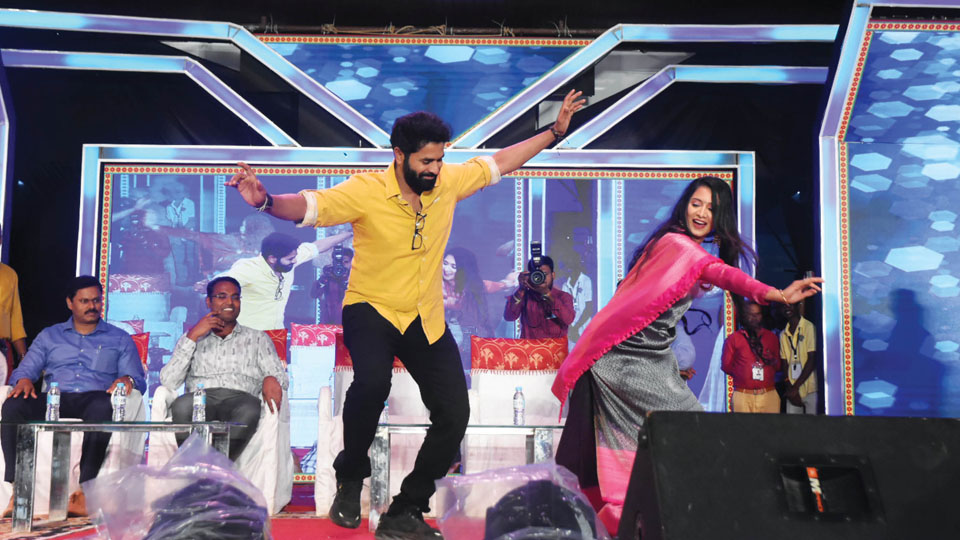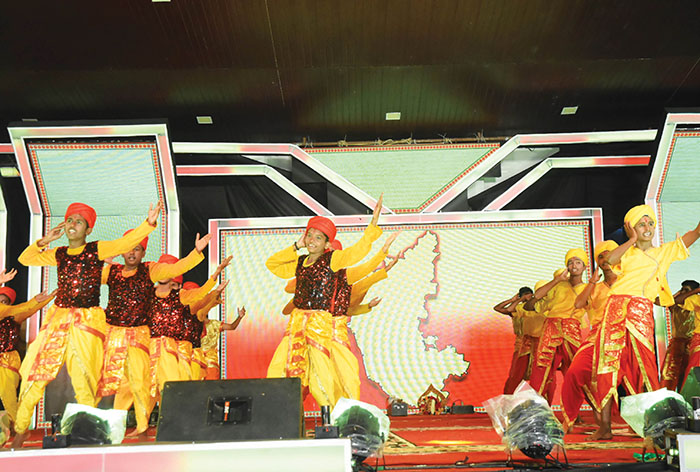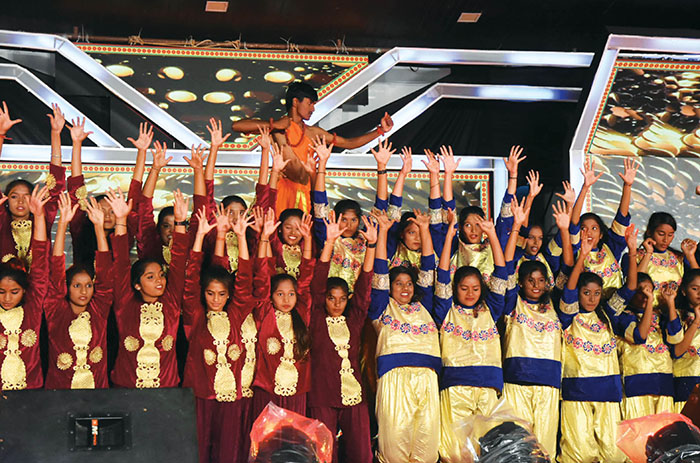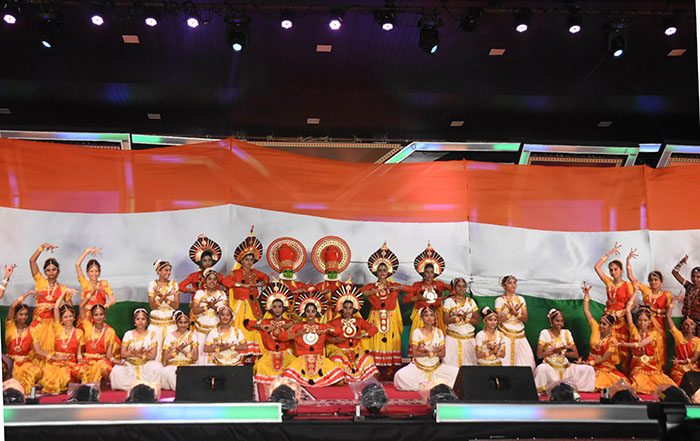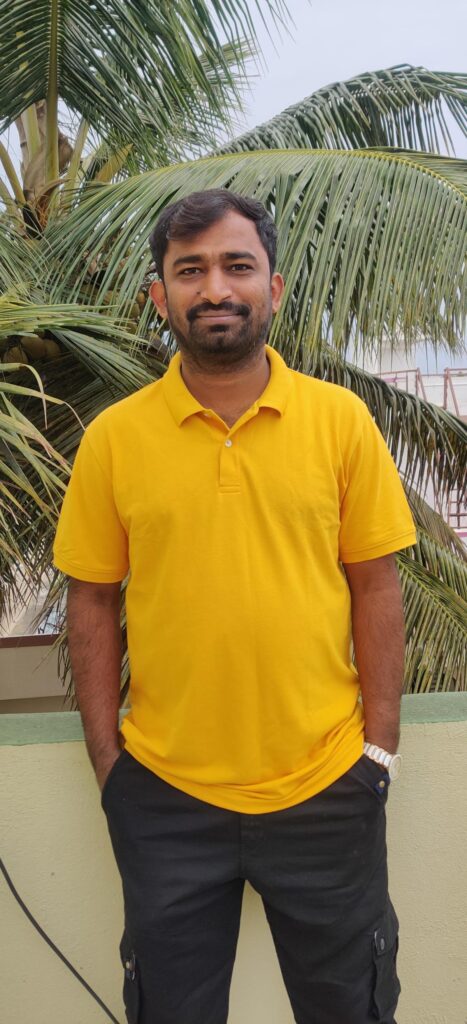Gulshan Devaiah says he has navigated his way through the industry with sincerity, though times were testing and sometimes money–for projects he didn’t want to do–too tempting.
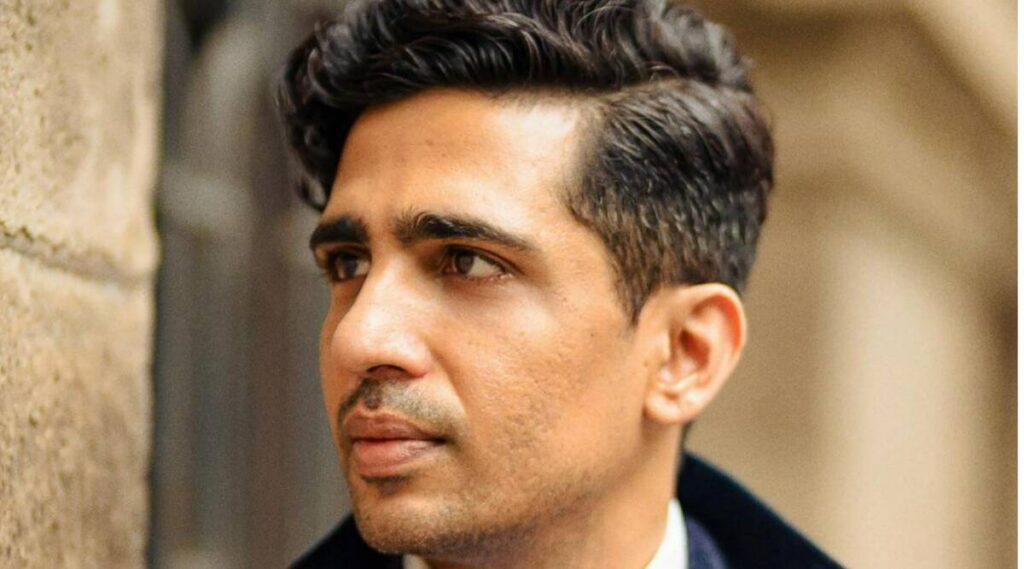
In 2012, Gulshan Devaiah bagged the best debut Filmfare nomination for three diverse films Dum Maaro Dum, Shaitan and That Girl in Yellow Boots. His jubilation turned into a heartbreak when, despite the range of his performance on display, he went home without a trophy. Something fundamentally started shifting within the actor.
He realised that his love for his art should be without the expectation of a reward. That he shouldn’t look down upon others success. That he cannot fall prey to conspiracy theories in the industry about how things work– or don’t. That–despite his much loved and acclaim film with Vasan Bala six years later–Mard ko dard Nahi Hota.
In an interview with indianexpress.com to promote his latest MX Player show Shiksha Mandal, Gulshan Devaiah says he is a changed man today. He is not bitter, but grateful. He is grounded, but ambitious. And what still irks him the most, is the conversation about meritocracy in Bollywood.
Edited excerpts:
What about a project makes you think you can invest your time and energy in as an actor?
I am particular about choosing a project because it has to really, genuinely interest me. I don’t want to do projects just because they make me enough money to pay bills. Some say, ‘One for dill one for bill’. I am not criticising that, but I don’t ever want to be in that position where I am doing things just for the money. Characters and stories interest me. Sometimes it’s also about collaboration, like I wanted to work with Taapsee Pannu so one of the big reasons to do Blurr was that.
What caught your attention about Shiksha Mandal?
I liked that it was well researched about education scams. There has been no resolve to this, this stuff keeps happening, the nexus keeps going. It affects a lot of us. There is a misplaced anger about meritocracy in Bollywood. But meritocracy can’t exist in arts because you can’t measure an arts performance, can’t measure how beautiful somebody’s voice is. It is a subjective opinion.
In the case of an entrance exam scam, people work really hard, they burn the midnight oil, they prepare and then behold, there’s a scam. Then the deserving candidates are not picked because somebody else you know, cheated the system. So that way I found relevance in this story.
When it comes to misplaced anger about meritocracy in the industry, there is a section which gets easy access due to the backing that they have. Isn’t there a parallel with the ‘cheating the system’ argument of yours?
No, it is very misplaced. I’ll make it very simple. It’s a race, 10 people are running and in 100 meters you have to cross the line. You can measure who crossed the line first. But anything in arts–a performance, how beautiful a painting is, how good somebody’s poetry is– it is immeasurable. It’s always a perception. What is measurable is majority consensus or box office success. Which is a flawed standard of measure. Out of 10 people, we want all 10 to like us, to think that we are great.
If people have certain access to something, then it’s a privilege that exists. Of course, there are power structures and where there is this, there is politics. Power structure can be terribly beneficial also, but it can also have corruption all over. But to say only deserving people should… How can you decide who’s more deserving? There’s a flaw in the system. I would like to get opportunities and sometimes I get them and many times I don’t. But that’s how anything in the arts will work. Some people will be more fortunate than the others and there will be privileged. But you can’t make it about merit. I always have a problem with that.
Have you ever been at the receiving end of power play or politics because you don’t come from privilege?
In a few instances, I thought I may have been. I was of course upset. But I am not going to carry that poison in my vein and let it ruin my life.
You said you don’t do projects for money. But isn’t good money a temptation? Has there never been a point where you felt if I do this project, it can get me a bigger house, car?
Absolutely. I’m trying to buy a house and I’m short, so definitely the temptation is always there. The carrot is always juicy, but I have somehow managed to not bite it. This is also a business and I’m learning. I come from a background where I was doing business and was not very good at it. I’m still not very good at it but you have to learn how to manage your affairs, make money. I have set certain restrictions for myself. I don’t want to monetize my social media, I don’t want to do ads, I don’t want to do television, I don’t want to do voice acting.
Which means long formats are the only way I can run my thing. How do I make the best of it? This whole thing about market value is perception. One producer will think, ‘Why are paying Gulshan so much?’, the other producer I may be able to convince them to pay me a certain amount of money. It’s how you do business. It’s a game of perceptions. So here I am, accepting the game of perception trying to do my best in a sincere and authentic way.
Why have you put these restrictions on yourself?
It’s also fun to have restrictions. You can’t achieve anything new, fantastic and satisfying if it’s easy, right? The truth is I’m not interested in any of the other things. I never dreamt about being in ads or being on TV. I only dreamt of being in the movies and I would consider series format as movies too.
It’s been more than a decade for you in the industry. If you look back, what is your key takeaway about the industry and the way you’ve navigated your way?
I didn’t know anything. I knew how to act. I had to learn how to negotiate my way. I had to learn how to manage rejection. I had to learn how to hustle. I’m not really a hustler, but to some extent you have to when it’s absolutely required. And again, the whole thing about the game of perception, meritocracy and I was like everybody else, ‘How come they are getting all these opportunities? they are sh*t.’ But after a few years, my perception changed.
I’m not bitter. I’ve seen so many bitter people talk ill about everybody behind their backs in front of their faces and I figured that I don’t want to turn like this when I’m old. I didn’t want to be this bitter guy, because it didn’t make me feel nice about myself at all. It’s been a very satisfying journey. I’m very happy. I’ve achieved all of this because of good fortune and some wonderful people who have helped me and given me great opportunities. When I got these opportunities, I made good of them, I was ready for them. Could I have been successful? Yes, of course. Will I be more successful in the future? It’s very possible.
If at one point you felt how were others getting those opportunities despite not being good, when did the shift happen when you were at ease?
It started happening when I didn’t win the Filmfare award for best debut, I was nominated! Everybody has one film mentioned under the nomination, I had three (Dum Maaro Dum, Shaitan & That Girl in Yellow Boots). But I didn’t win. After that I was gutted, like what the hell is going on? Of course you hear all sorts of conspiracy theories. Friends, foes and everybody says, ‘Oh, it was fixed’ but it started to affect me.
I (realised) I can’t live like this. I don’t care if it was fixed or not, I care about how I am feeling about these things. It’s making me feel bad, I have to learn how to deal with it. It took me some time, maybe a few years, but because I was aware of it, was observant, I tried to fix it. I made sure this is not going to be poison in my veins because it will destroy me.
source: http://www.indianexpress.com / The Indian Express / Home> Entertainment> Bollywoood / by Justin Joseph Rao / Mumbai- September 29th, 2022
